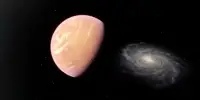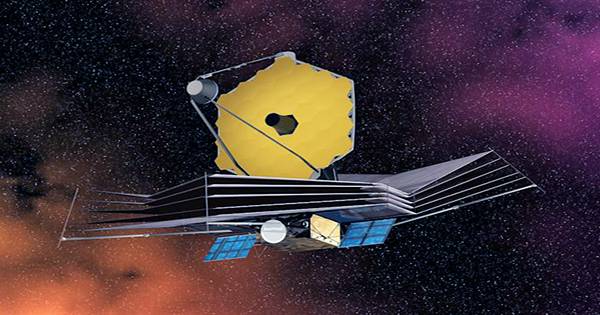Most scientists used to believe that once a satellite galaxy passed near by its larger parent galaxy, star production would cease because the larger galaxy would expel its gas, leaving it without the material needed to generate new stars.
However, a team lead by Arianna di Cintio of the Instituto de Astrofisica de Canarias (IAC) has proved for the first time using numerical simulations that this is not always the case. The study’s findings were just published in the Royal Astronomical Society’s (MNRAS) journal Monthly Notices.
The researchers used sophisticated simulations of the entire Local Group of galaxies, including the Milky Way, the Andromeda galaxy, and their respective satellite galaxies, to show that the satellites can retain their gas and experience many new episodes of star formation just after passing close to their parent galaxy’s pericentre (the maximum distance they reach from its center).
The satellite galaxies of the Local Group exhibit a wide range of star formation histories, the origins of which are unknown. The authors explored the star formation histories of satellite galaxies similar to the Milky Way in a cosmological framework using hydrodynamic simulations as part of the project Constrained Local UniversE (CLUES).
While the satellite’s gas is sucked out by the parent galaxy due to gravitational action and transferred to the larger galaxy, interrupting star formation in the satellite, in a process known as accretion, they discovered that in 25% of the sample, this interactive process clearly enhanced star formation.
The passage of satellites also coincide with peaks in the star formation of their parent galaxies, which suggests that this mechanism causes bursts of stars equally in both parent galaxies and satellites, in agreement with recent studies of the history of star formation in our own Galaxy.
Arianna di Cintio
The findings demonstrate that star formation maxima are linked to the satellite’s close approach to the parent galaxy, and occasionally to the interaction of two satellites.
The researchers discovered two important characteristics of star formation: the satellite must approach the parent galaxy with a substantial stock of cool gas and a minimal distance that isn’t too close, allowing stars to form due to gas compression.
Galaxies that pass too close to the parent galaxy, or to a parent galaxy with limited gas, on the other hand, lose their gas and hence their ability to generate new stars.
“The passage of satellites also coincide with peaks in the star formation of their parent galaxies, which suggests that this mechanism causes bursts of stars equally in both parent galaxies and satellites, in agreement with recent studies of the history of star formation in our own Galaxy,” explains Arianna di Cintio, the lead author on the paper.
“This is very important when we try to understand how star formation is produced in the smaller dwarf galaxies of our Local Group, an unresolved question,” she adds.
This discovery will throw light on the star formation episodes seen in dwarf galaxies of the Local Group, such as Carina and Fornax, and provide an appealing explanation for their existence. It also necessitates a rethinking of the theoretical theories that explain how stars arise in dwarf galaxies.
















